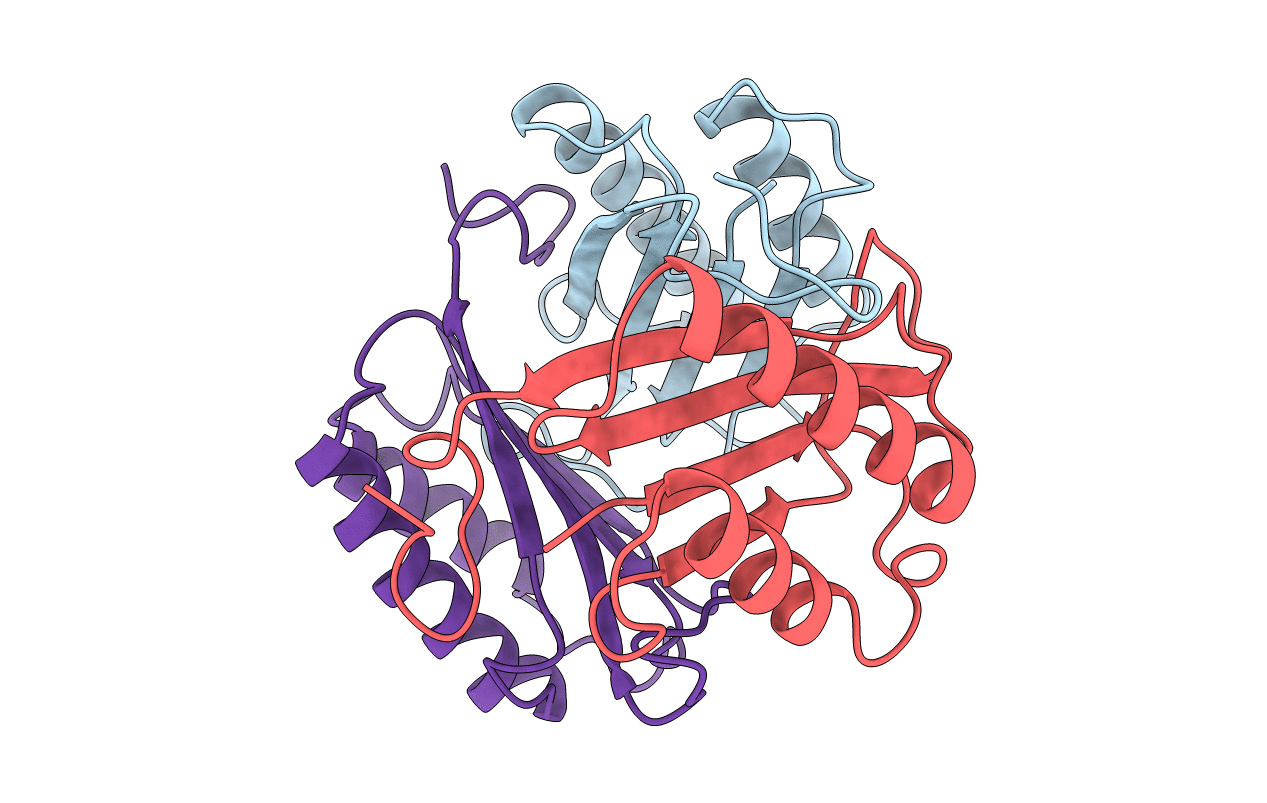
Deposition Date
1999-03-25
Release Date
1999-06-07
Last Version Date
2023-12-27
Entry Detail
PDB ID:
1CGQ
Keywords:
Title:
MACROPHAGE MIGRATION INHIBITORY FACTOR (MIF) WITH ALANINE INSERTED BETWEEN PRO-1 AND MET-2
Biological Source:
Source Organism:
Homo sapiens (Taxon ID: 9606)
Host Organism:
Method Details:
Experimental Method:
Resolution:
2.00 Å
R-Value Free:
0.27
R-Value Work:
0.23
Space Group:
P 21 21 21


